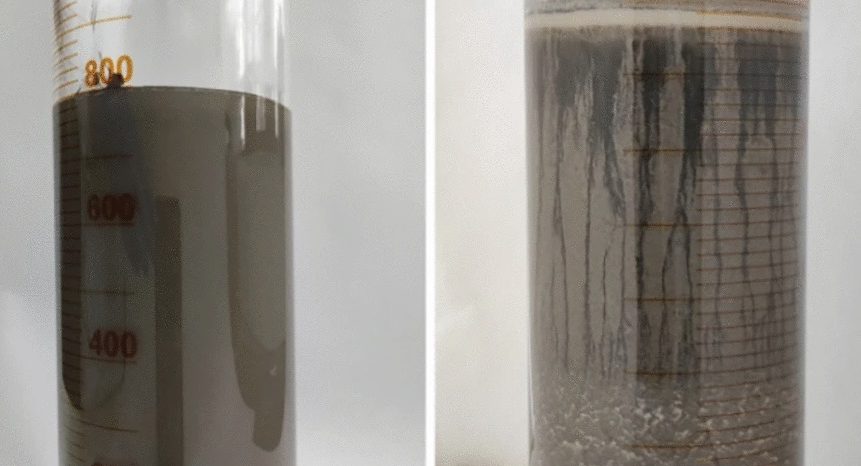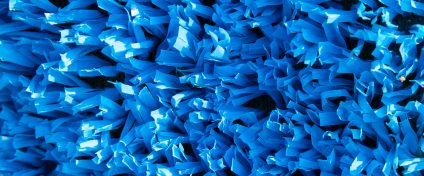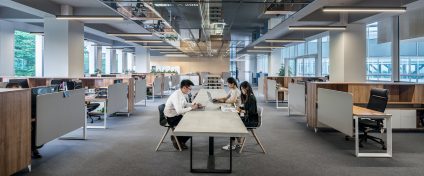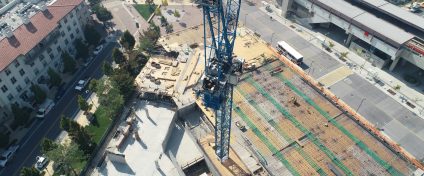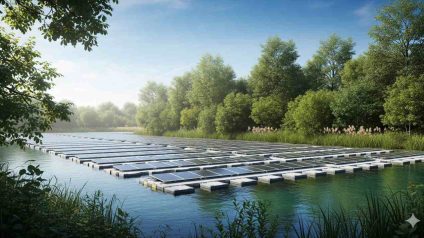Inspired by lichen, U.S. scientists have created a new self-healing concrete that repairs itself using synthetic bacteria—no human intervention needed.
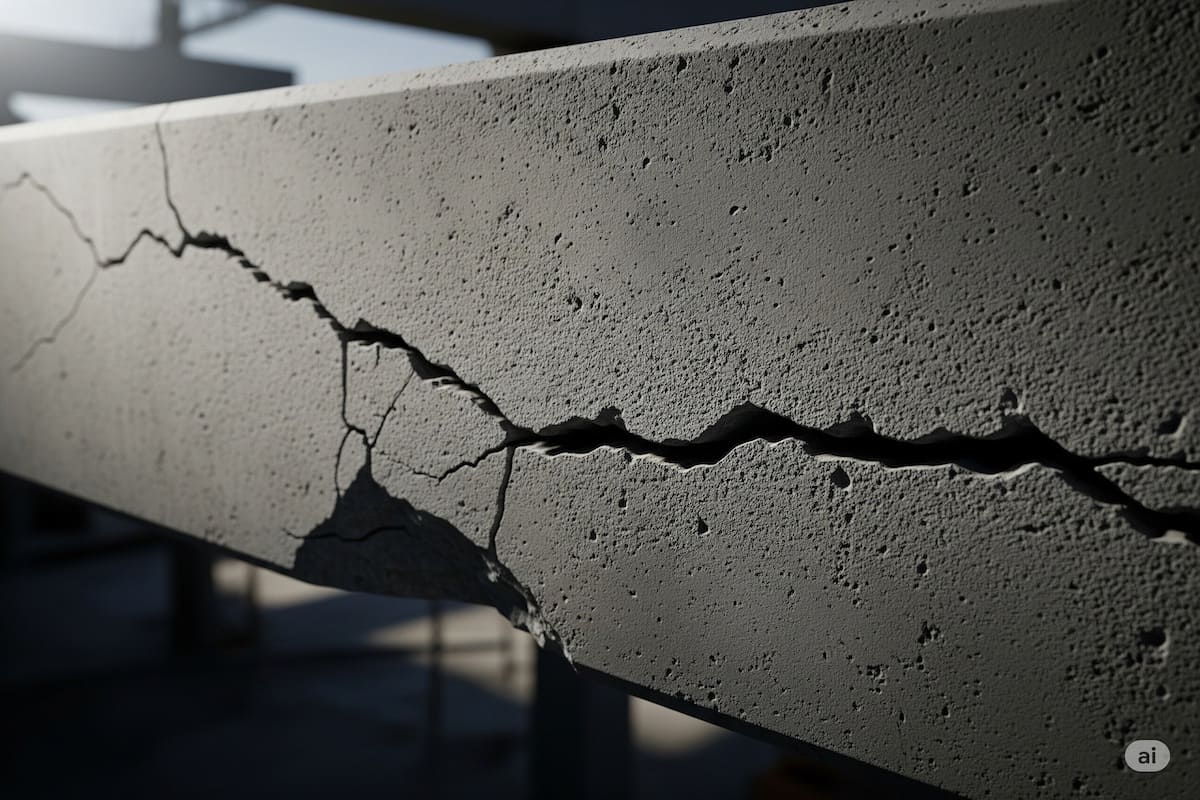
Bacteria-based innovation transforms concrete into a self-repairing material
The University of Texas and the University of Nebraska-Lincoln have developed a concrete mix that repairs itself without any external additives. Drawing inspiration from the natural properties of fungi and lichens, the research team engineered a material capable of autonomously sealing cracks and fissures without human intervention.
Ending concrete maintenance as we know it
“Microbial-based self-healing concrete has been studied for more than three decades,” said Dr. Congrui Grace Jin from the Department of Engineering, Technology, and Industrial Distribution at the University of Texas. “But it still suffers from a major limitation: none of the current self-healing approaches are fully autonomous, as they require an external supply of nutrients for the healing agents to continuously produce repair materials.”
The new study, published in Materials Today Communications, overcomes this limitation by embedding the healing substances directly within the material.
Concrete is the most widely used building material in the world. Yet even with flawless construction, it inevitably develops cracks over time, potentially compromising the stability of buildings, bridges, and infrastructure.
Researchers argue that the solution lies in the production process itself. Concrete is created by mixing gravel and sand with powdered clay and limestone. When water is added, hydration starts, leading to hardening and structural strength. However, freeze-thaw cycles, water infiltration, and wear can lead to cracks. Small fractures, especially when hidden deep inside the structure, may pose greater risks than visible surface damage.
As a result, ongoing maintenance becomes essential, requiring significant resources to detect and repair these internal issues.
The secret behind synthetic lichens
The breakthrough comes from lichens: organisms that form a self-sustaining partnership between fungi and algae or cyanobacteria, capable of surviving in extreme environments.
Inspired by this natural symbiosis, the researchers designed a synthetic lichen system that works in harmony with its biological counterpart.
Thanks to cyanobacteria embedded in the concrete mix, sunlight, water, and air alone are enough to trigger the self-repair process.
In laboratory tests, these microbial communities successfully grew and generated minerals that sealed cracks, even under the harsh conditions of concrete environments.
This pioneering research opens the door to a range of applications. Self-healing concrete could significantly reduce maintenance costs, extend structural lifespan, and enhance safety, potentially saving lives. Its impact could reach all areas of sustainable construction, from urban buildings to future space infrastructure.



